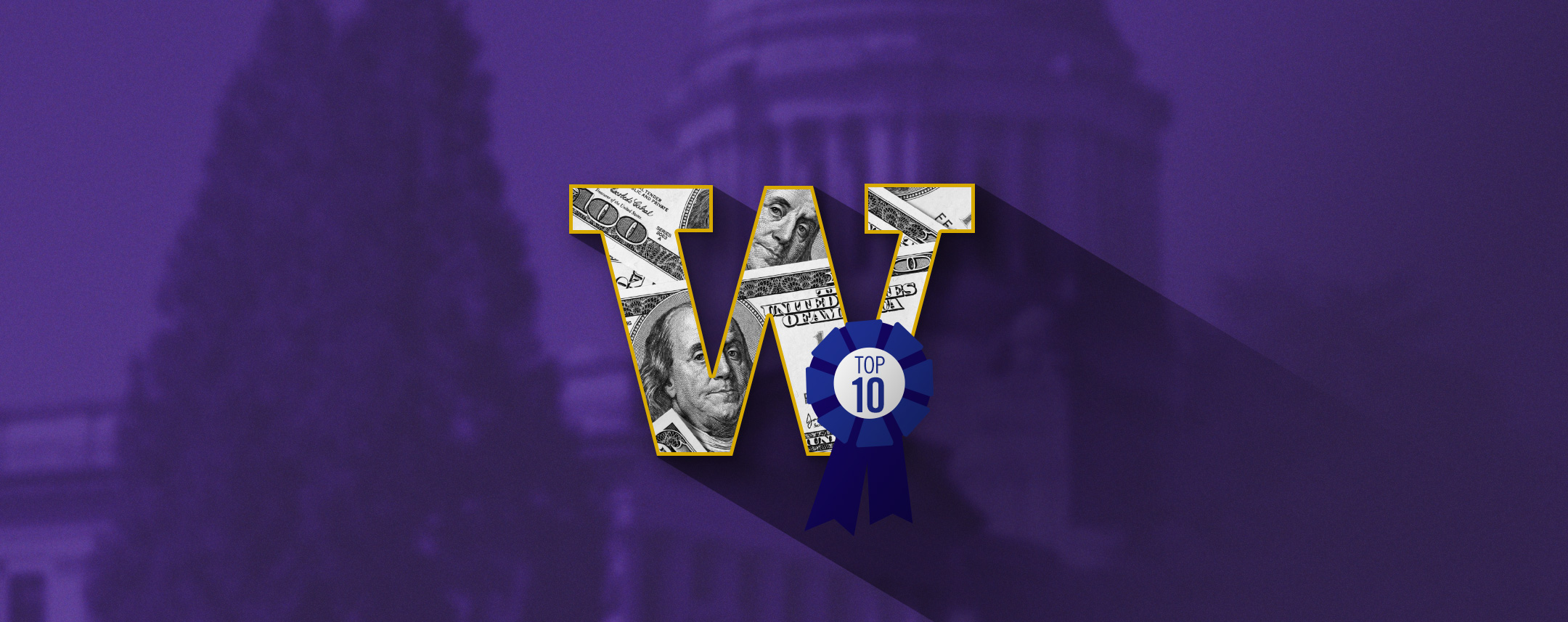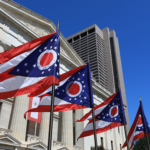Ask someone who’s currently retired and they’ll recall that being a government employee used to mean trading higher pay in the private sector for the promise of increased job security with the government.
That’s no longer the case.
Today, “public servants” typically enjoy both higher pay and more job security than the public they serve. State jobs—even acting and coaching—offer extraordinarily high pay and ironclad security.
Consider a table of the 10 highest-paid state employees in Washington:
|
Stephen Sarkisian |
University of Washington |
Football Coach |
$2,633,642 |
|
Mike Leach |
Washington State University |
Head Football Coach |
$2,325,000 |
|
Lorenzo Romar |
University of Washington |
Basketball Coach |
$1,889,442 |
|
Ken Bone |
Washington State University |
Head Basketball Coach |
$870,143 |
|
Justin Wilcox |
University of Washington |
Assistant Coach-Football |
$799,259 |
|
David Scott Woodward |
University of Washington |
Associate Vice President |
$692,323 |
|
Elson Floyd |
Washington State University |
President |
$662,560 |
|
Keith R Ferguson |
University of Washington |
Professional Staff-Contract P3 |
$623,700 |
|
Christopher J Murray |
University of Washington |
Professor |
$608,008 |
|
William H Moos |
Washington State University |
Director |
$581,092 |
These highest-paid state employees amass a combined yearly compensation of $11.6 million. Of these top 10 earners, intramural coaches account for more than $8.5 million.
The top 10 highest paid state employees make a whopping average annual compensation of $1,168,516. The next 40 state employees make an average annual compensation of nearly $300,000.
How many state employees make more than $100,000? Exactly 6,953. Of these, the average annual compensation is $138,000. More than half—58 percent (or 4,086)—of these high earners are employed by the University of Washington.
Higher Education—and specifically the UW—dominates the list of state employee salaries. Higher education makes up more than 50 percent of all state salaries. The University of Washington alone accounts for 41 percent of all state salaries.
|
|
|
|
Higher Education > 50% of all State Employee Salaries. |
UW > 41% of all State Employee Salaries. |
The Office of Financial Management (OFM) is quick to note that athletic coaches’ salaries are not paid by taxpayers. Instead, their salaries are generated by sporting event ticket sales and other revenue generated by these teams.
OFM also notes that many of the top-paid university salaries do not come from the state’s general fund. Instead, they are paid by research grants.
But that doesn’t explain the extraordinary salaries of David Woodward, UW associate vice president ($692,323) or Michael Young, UW president, who pulls down a handsome $571,380.
OFM may offer up some explanations, but cushy government jobs are abundant at the University of Washington. For example:
- a temporary assistant acting professor earning $182,000;
- an associate professor without tenure earning $209,000;
- assistant coaches earning in the $170,000 range;
- technology managers earning $117; and,
- the list goes on.
The University of Washington also employs—at very generous wages—people specializing in thespian arts. 246 of them, in fact, earning a total of $15.8 million. All told, 38 thespian specialists earn more than $100,000 with an average yearly compensation of $64,000.
So much for the old myths about “starving artists.”
What about job security? A recent study shows that an employee is three times more likely to be fired from a private-sector job than from a government job. The federal government fired .46 percent of its workforce last year, compared to the private sector which laid off or fired about 3.2 percent.
For Washington state employees, it’s no longer a question of choosing between lower salaries and job security. Thanks to cushy contracts handed out by politicians who owe their careers to the financial support of public-employee unions, they now have both.
At the taxpayers’ expense, that is.
Links:












